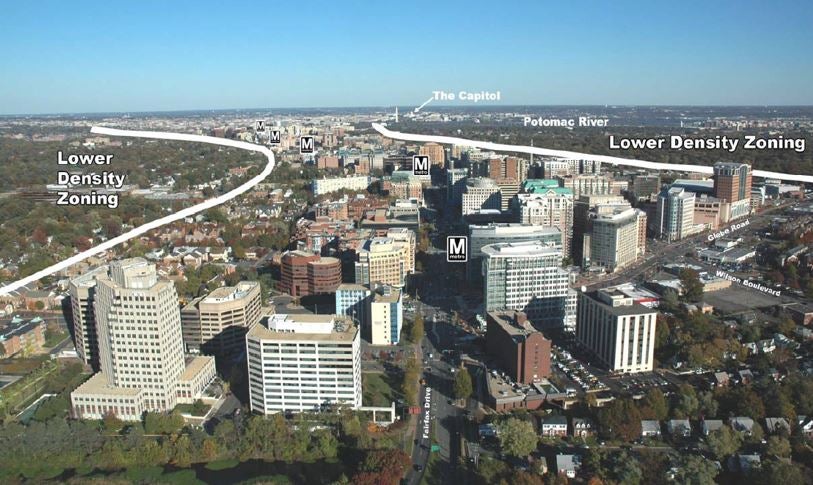What is it about the Way of Saint James, that despite the sweats climbing to O Cebreiro, the blisters in your feet and that tendinitis that reminds you of every step you take, you always want to return?
Besides the historical part of the way, which started with the first pilgrims who went to venerate the remains of the apostle Saint James found in the 9th century and buried in Santiago de Compostela, there is a personal interest in exploring and living an unforgettable experience. Regardless of the reason, be it religious, cultural, spiritual or sportive, every pilgrim has an open, non-judgmental mind, with the intention of learning about the world and about themselves, and with the certainty of having time to dedicate to themselves and their fellow travelers.
"The Way of Saint James is a clear example of the influence that active mobility and service infrastructure can have on a region where each bridge and road favors the movement of people and promotes sustainable urban development around it."
All of this takes place in a rural environment that is full of history and that has been preserved for more than 1,000 years. Following the alleged discovery of the remains of the Apostle Saint James and at a time when much of the Iberian Peninsula was under Muslim power, the Christian Kingdom and the Papacy decided to build physical infrastructure and all kind of services along the Way to facilitate the active mobility of pilgrims who went to Santiago de Compostela in order to obtain the forgiveness of their sins, also known as Plenary Indulgence.
At that time, the Way was a connection of small centers created every certain distance to provide service to these pilgrims: their population and trade increased, and cultural and religious exchange was facilitated. A similar situation to how cities now designs mass transit-oriented development (TOD) strategies. TOD proposes an urban model which aims to build service centers around a public transport axis, promoting active mobility, increasing population density and tackling inequalities caused by urban segregation or gentrification. It also faces the current challenges of climate change, increased energy prices, traffic congestion, increased work-related travel and a deficit of green spaces, among other strategic issues related to the sustainability and health of citizens and of the urban environment.
The urban development model of the TOD is not recent, since the concept was already applied in the historical growth of the Way of Saint James, with the difference that in the Camino it is the active mobility itself that boosted the development of the service infrastructure. It is estimated that at its peak in the Middle Ages, between 200,000 and 500,000 pilgrims traveled this route annually seeking the Plenary Indulgence. A whole infrastructure to support pilgrims was established through the construction of chapels, monasteries, churches, cathedrals, to give spiritual support to the pilgrim, communication routes with roads and bridges, which facilitated their active mobility, and a wide network of shelters, hospitals, inns, dining rooms, haystacks, mills and fountains to provide shelter and food. The construction of this infrastructure and the high demand for services required a large number of workers, including merchants, bricklayers, as well as importing foreign talent.
A security institution was established to ensure the protection of pilgrims, backed by the "Peace of God", a law imposed by the church in the 11th century to guarantee peace and security in the regions through which the Way passed. In addition, a new legal framework was created, the "Right of Francs", which facilitated the development of trade and new forms of exchange through the regulation of prices and created tariffs and tolls. With this, the Iberian Peninsula opened to the rest of Europe, and the union and protection of the Christian pilgrims who shared the Way were promoted as they were strongly connected with the Christian countries on the other side of the Pyrenees. The Way of Saint James is a clear example of the influence that active mobility and service infrastructure can have on a region where each bridge and road favors the movement of people and promotes sustainable urban development around it.
It should be noted that the development around the Way did not only happen in the past. Over the years, this infrastructure -inherited from Roman times- has required several extensions and rehabilitation of its roads and surrounding areas. In addition, the Way is increasingly inclusive for people with disabilities who want to live this experience, both on foot, by bike or on horseback. The Way of Saint James is the origin of many stories and anecdotes, which have then given rise to many associations of friends of the Way, both in Spain and in the rest of the world, fundamental to keeping the flame of the Jacobean spirit alive. All this wealth that the Way presents is appreciated worldwide and considered a World Heritage Site since 1993.







Join the Conversation